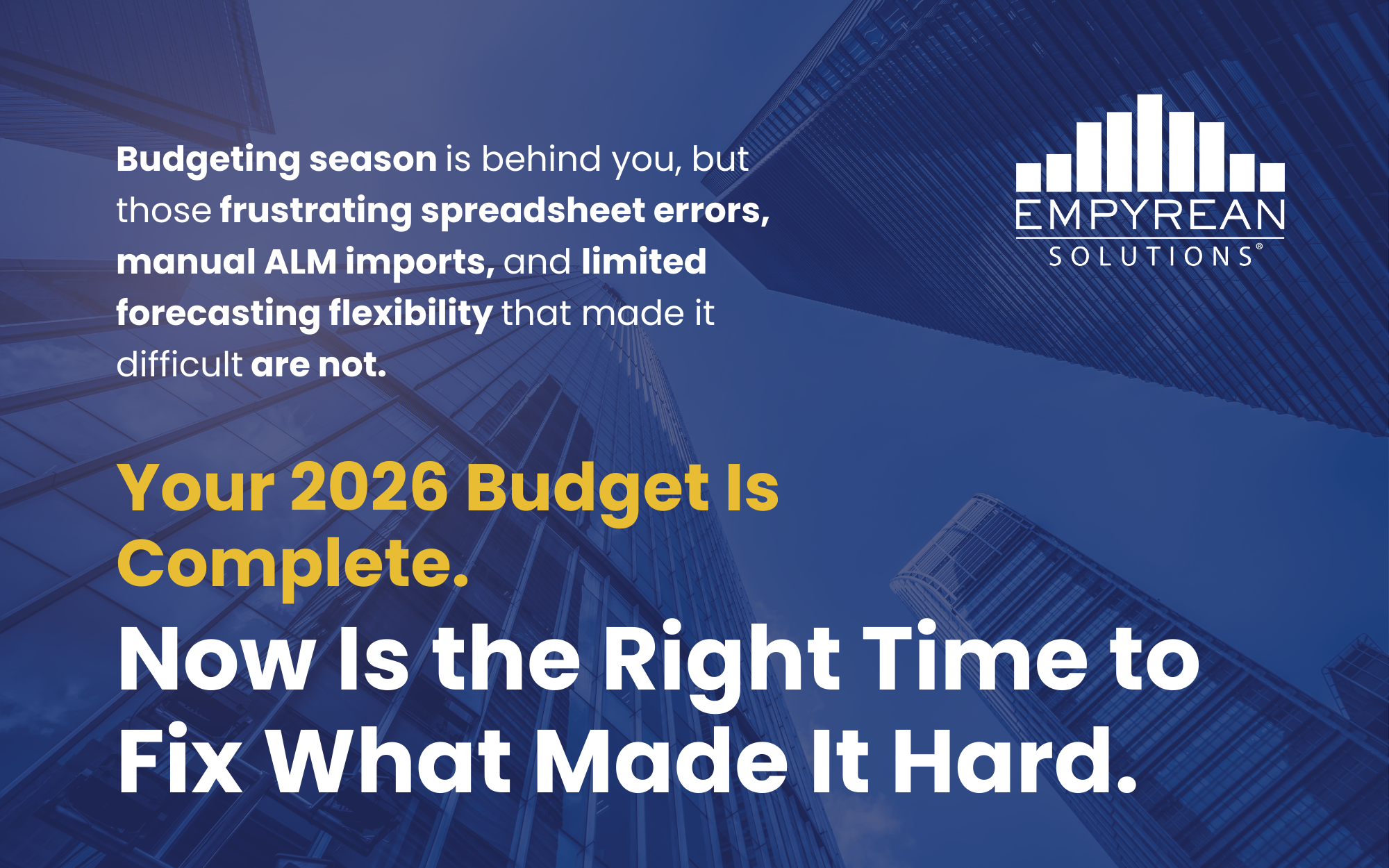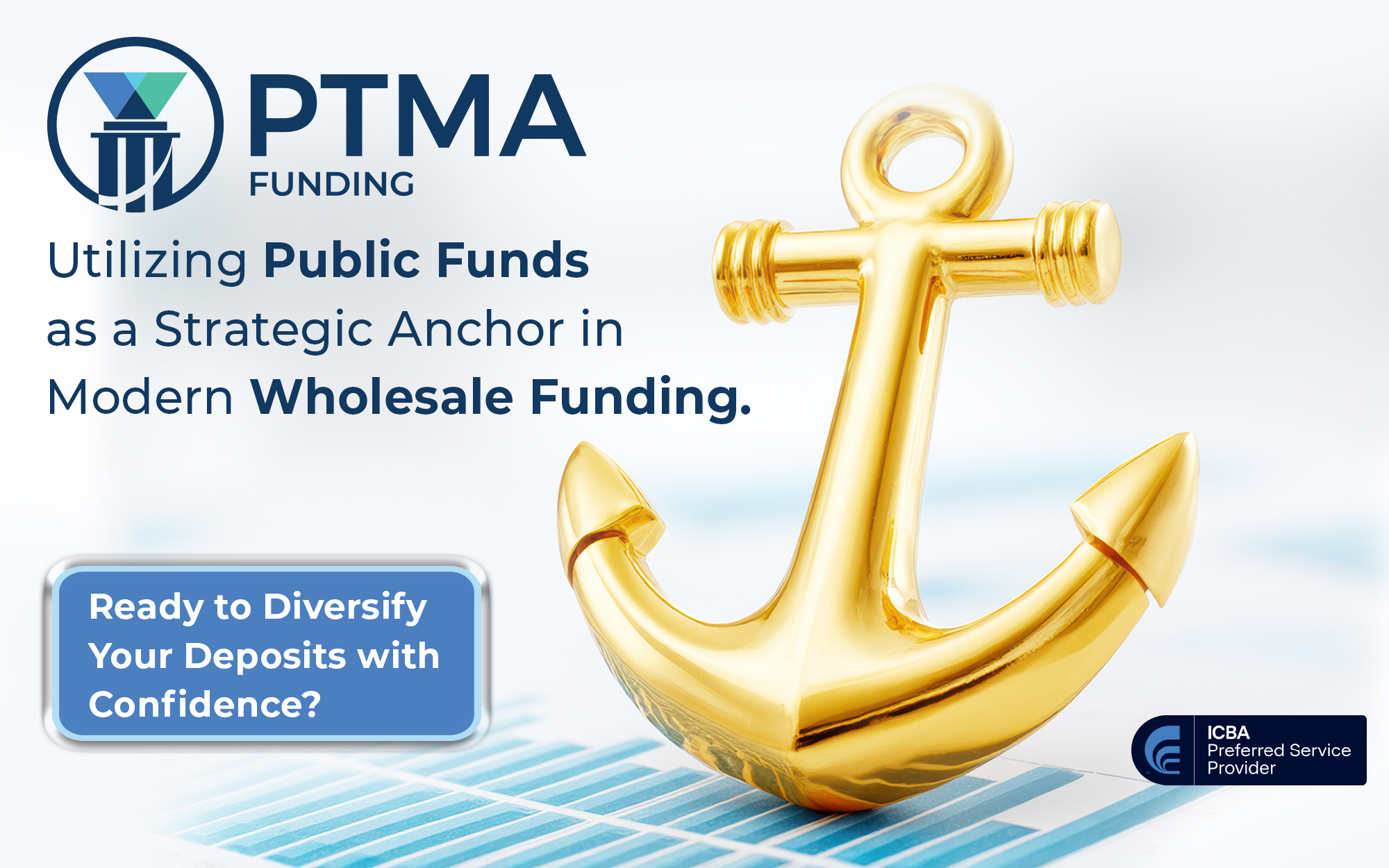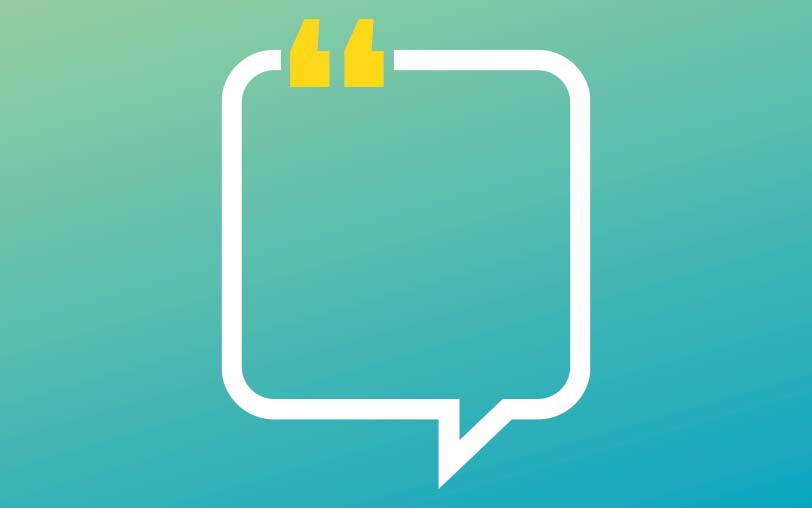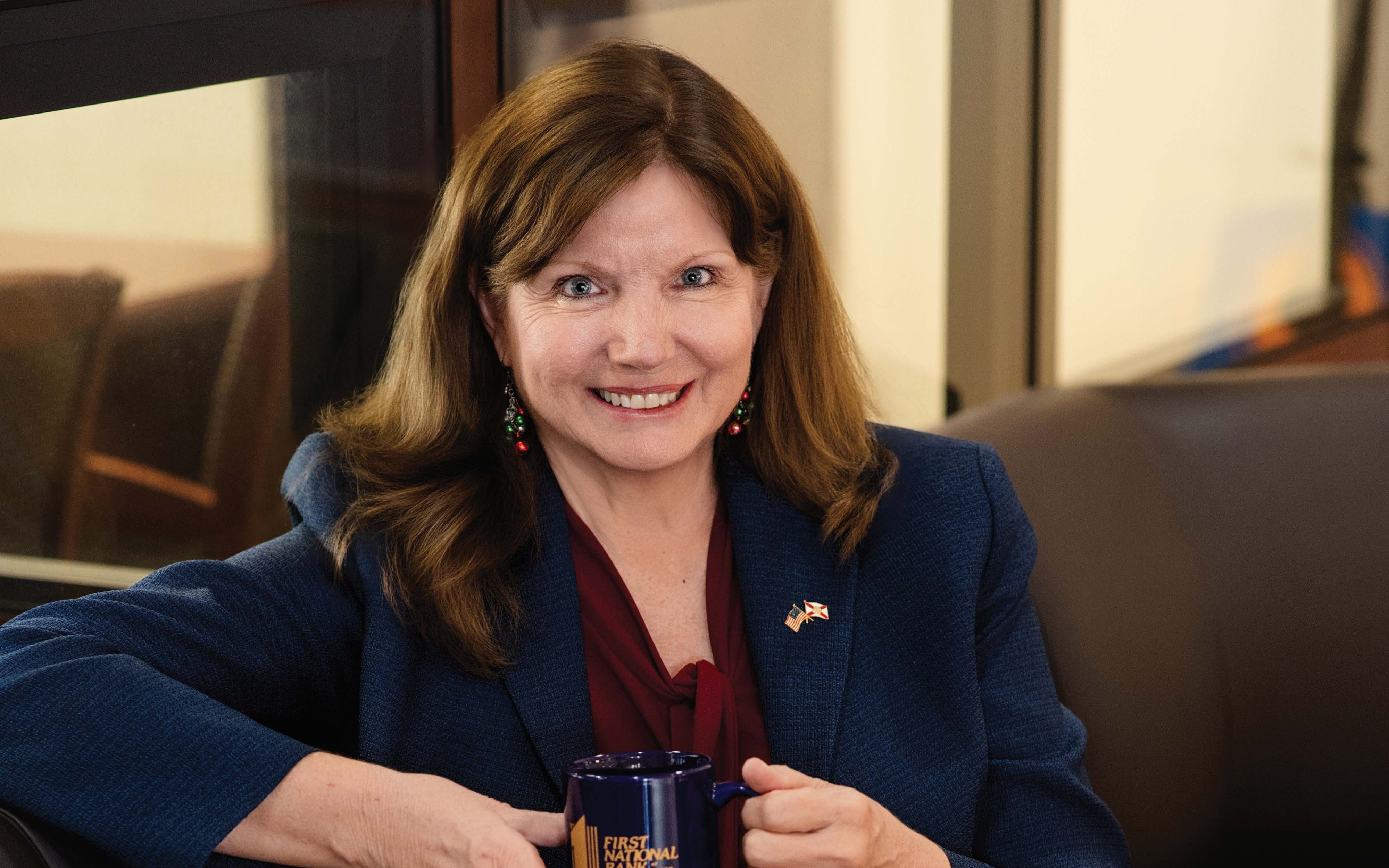In a changing marketing landscape, the benefits provided by ultra-targeted online campaigns with budgets behind them are more valuable than ever.
Paid Marketing: A Boost for Your Community Bank
June 08, 2023 / By Julie Kendrick
In a changing marketing landscape, the benefits provided by ultra-targeted online campaigns with budgets behind them are more valuable than ever.
These three letters can make or break any bank’s marketing efforts: ROI, or return on investment. Being able to demonstrate the value of campaigns for a wide variety of products, services and audiences is an increasingly important job for any marketer.
Many community banks are realizing value from the quantifiable metrics provided by paid digital marketing efforts like content marketing, search engine optimization (SEO), social media, display or video ads.
Traditional vs. digital marketing
Traditional campaigns usually target a broad audience. They’re used to build awareness of a brand, product or service; support moves into new territories; or promote services that might appeal to a wide range of potential customers.
“With the right analytics in place, you can start tracking responses right from the moment you post something.”—Leslie Osman, IncredibleBank
With digital campaigns, things get much more specific. Marketers can choose the demographics of intended audiences with precision and can try out different approaches (such as tone of voice, messaging or imagery) until they hit on successful ones.

“With the right analytics in place, you can start tracking responses right from the moment you post something, allowing you to review data from click to conversion to the opening of a product or service,” says Leslie Osman, vice president of marketing at $1.9 billion-asset IncredibleBank in Wausau, Wis.
Types of paid digital
There are many different options for paid digital marketing, and they’re changing all the time. What they all have in common is a reputation for generating tangible outcomes through precision targeting, says Bruce Gemmill, senior vice president and chief marketing officer at $2.3 billion-asset FVCbank in Fairfax, Va.
One of Gemmill’s top picks is Google Ads. “It’s an excellent choice if you want to reach an audience that’s already interested in what you have to offer,” he says. “On the plus side, these ads are measurable and effective. But competition can be fierce, and the costs per click can add up.”
Other options include social media ads, which Gemmill says are “great for targeting specific audiences and using interesting ad formats.” However, they may not get the desired amount of organic reach and may underperform due to ad fatigue—when consumers resist or avoid an ad because of overexposure.
Display ads are a good choice for visually increasing brand awareness, but he notes that, as with social media ads, the click-through rates can be lower, and people might get tired of seeing them. Everyone is hopping onto the video bandwagon these days, and Gemmill notes that videos have the potential to be highly engaging. “Still, you need to factor in video production costs,” he says, “and you need to finely craft your messaging to contend with consumers’ increasingly short attention spans.”
“You need to be consistent in your [content library] approach, and it’s good to be aware that it can take time to rank organically on search engines with only content marketing.”—Jennifer Kerch, Stillman Bank
For a low-cost option, consider this suggestion from Jennifer Kerch, marketing and social media specialist at $600 million-asset Stillman Bank in Stillman Valley, Ill. She says banks with limited budgets can always beef up a content marketing library of blog posts, infographics and videos.

“It’s generally free of cost, and it’s a catalyst for every other type of digital marketing effort,” she says. “You need to be consistent in your approach, and it’s good to be aware that it can take time to rank organically on search engines with only content marketing.”
Kerch also points to the value of SEO marketing, which uses keywords to put information high on the search results page. “It’s cost effective, and it can increase brand visibility,” she says. “On the downside, it takes a lot of time and education to learn how to strategically employ those keywords.” As with most other channels, search engines like Google don’t stay still, so the learning curve never really flattens. The algorithms are constantly changing.
In-house or agency?
While some banks are dedicated to DIY marketing, others rely on agency help. “I’ve found that outsourcing the digital pieces that change rapidly is best for me,” Osman says. “It doesn’t require me to stay on top of all the changes or risk having a specialist in house who becomes obsolete because the role needs to change so much.”
Outsourcing some work to an agency, she explains, “allows our internal staff to know our brand and how we show up, and to study our audiences and goals. Because we know our brand and strategies better than anyone, we can translate that to our agency partner, who helps us execute.”
Budgetary considerations
As you’re considering what you can accomplish within your budget, keep this advice from Osman in mind. “The warmer the lead, the more expensive your budget will be,” she says. “I’ve done digital campaigns for as little as $5,000 and for as much as $500,000. It’s hard to give an exact price because it’s based on what you’re selling, where you’re selling, how many people you’re selling to and who else is selling.”
Gemmill agrees: “Even for a community bank with a limited budget, paid digital marketing can deliver results for banks. Start small, prioritize channels [such as Google, display advertising or social media] and optimize campaigns based on performance.
“Investing time and resources in digital marketing is crucial for staying competitive in today’s digital‑first world.”
Paid digital marketing glossary
SEO? CTR? We break down some of the terms used in this article.
Campaign optimization
Updating a campaign’s visuals, messaging, etc. based on its performance to date. For example, if you tested two ads, one with a picture of a sunflower and the other with a picture of a mountain, and the mountain got more clicks, then you could scrap the sunflower ad and put more money behind the mountain version.
Click-through rate (CTR)
The number of times people click on your ad, divided by the number of times your ad is shown (impressions).
Content marketing
Traditional marketing revolves around advertisements, whereas content marketing allows a company to showcase its expertise through content such as blog posts, how-to videos and informative ebooks.
Cost per click (CPC)
Platforms such as Google Ads charge companies each time a user clicks on their ad.
Display ad
An advertisement placed on a webpage or app; these can be static (text over an image) or dynamic (a GIF or video).
Infographic
Using a visual treatment of data to tell a story.
Keyword
A word or phrase that people use when they’re searching for information on the web.
Organic reach
The number of people who see your social post through unpaid distribution—in other words, you haven’t paid for your post to be boosted in any way.
Rank organically
If your webpage ends up high on a list of search results, it means people are naturally finding their way to it, usually because you’ve used popular keywords in the page content. As with organic reach, pages that rank organically have not been boosted in any way.
Search engine optimization (SEO)
Using high-value (i.e., popular) keywords judiciously in an article to increase the likelihood that a webpage will rank organically.
—Molly Bennett
Subscribe now
Sign up for the Independent Banker newsletter to receive twice-monthly emails about new issues and must-read content you might have missed.
Sponsored Content
Featured Webinars
Join ICBA Community
Interested in discussing this and other topics? Network with and learn from your peers with the app designed for community bankers.
Subscribe Today
Sign up for Independent Banker eNews to receive twice-monthly emails that alert you when a new issue drops and highlight must-read content you might have missed.
News Watch Today

Join the Conversation with ICBA Community
ICBA Community is an online platform led by community bankers to foster connections, collaborations, and discussions on industry news, best practices, and regulations, while promoting networking, mentorship, and member feedback to guide future initiatives.













